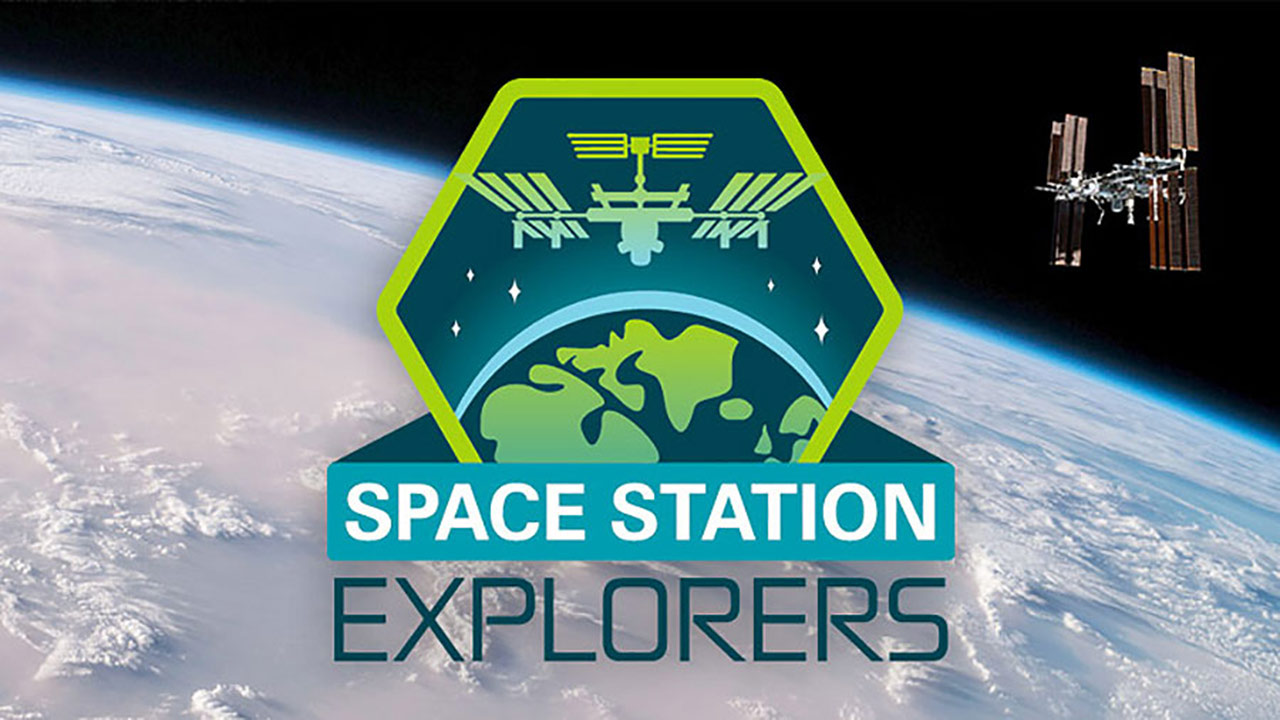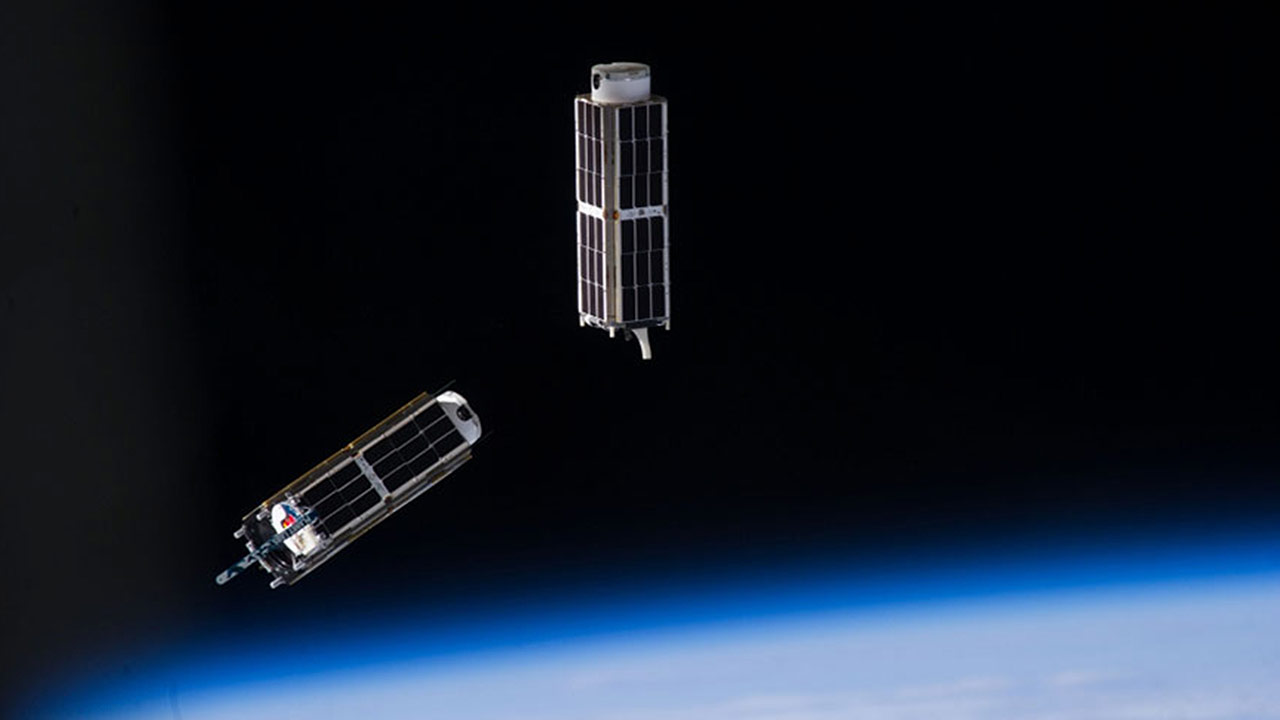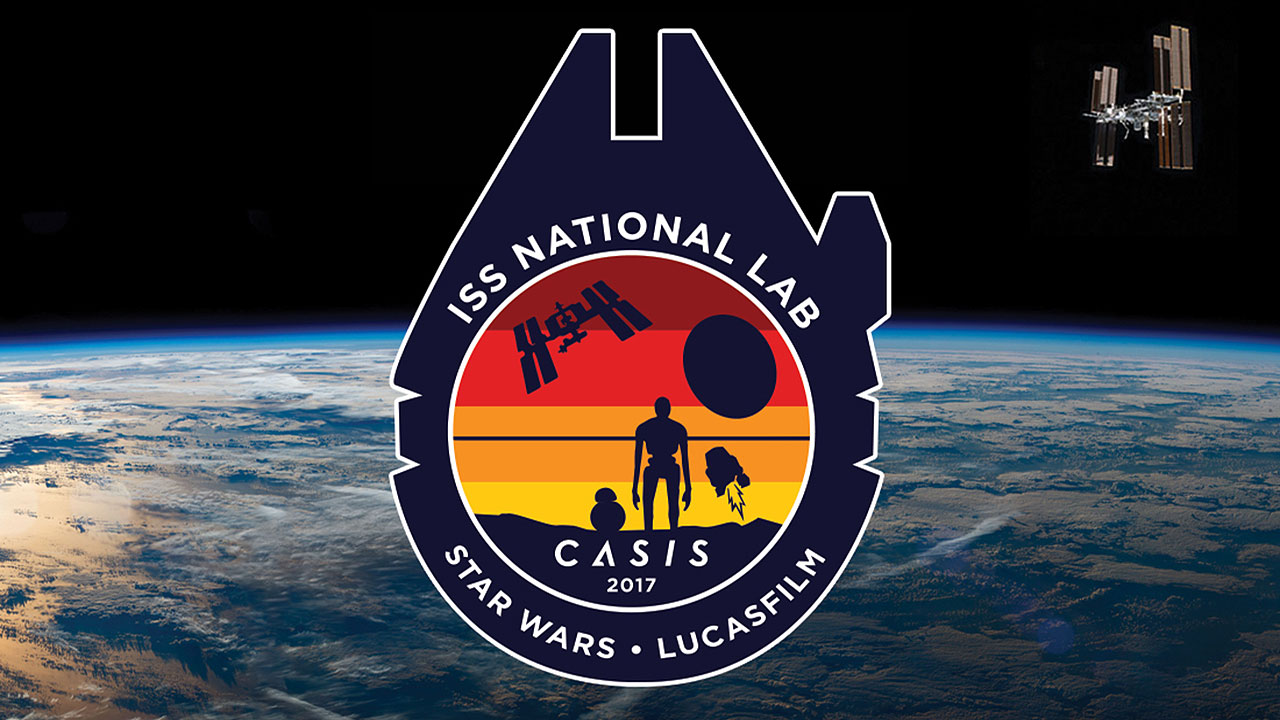During ISS Expeditions 53–56, NASA is dedicating a higher-than-usual proportion of crew member time to educational activities. Former teachers are even a part of the ISS crew during what NASA has termed the “Year of Education on Station.” Teacher-astronauts like Joe Acaba and Ricky Arnold (who arrived at the ISS this month) are not only recording videos and talking with students through live downlinks but also devoting substantial time to education-related science experiments.
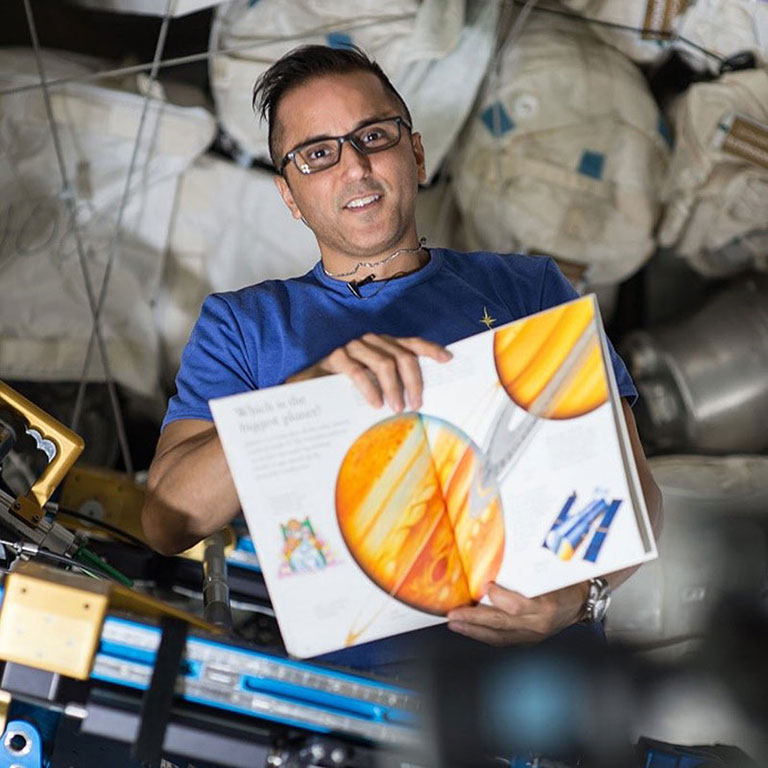
NASA Astronaut Joe Acaba reads from a children's book as part of the Story Time From Space program.
Media Credit: Image courtesy of NASA
The increased availability of crew members for educational activities is a boon for the Space Station Explorers Consortium, a growing community of CASIS partner organizations. For example, Amateur Radio on the International Space Station, which connects ISS crew members with children all over the world, is maintaining an impressive schedule of two or more amateur radio contacts per week—all operated by volunteers. Moreover, perennial programs such as Tomatosphere, Sally Ride EarthKAM, Zero Robotics, and Genes in Space are enjoying continued popularity, registering many new participants on top of the regulars that participate year after year.
This summer, the Student Spaceflight Experiments Program, which is celebrating its ninth year of partnership with NanoRacks, will launch 34 new student-designed experiments to the ISS on SpaceX CRS-15. For younger students, established program Story Time From Space is adding a new component called Science Time From Space, in which new crew member videos and activity guides will feature science, technology, engineering, and math curriculum related to concepts in the children’s books traditionally read by crew members from the Cupola.
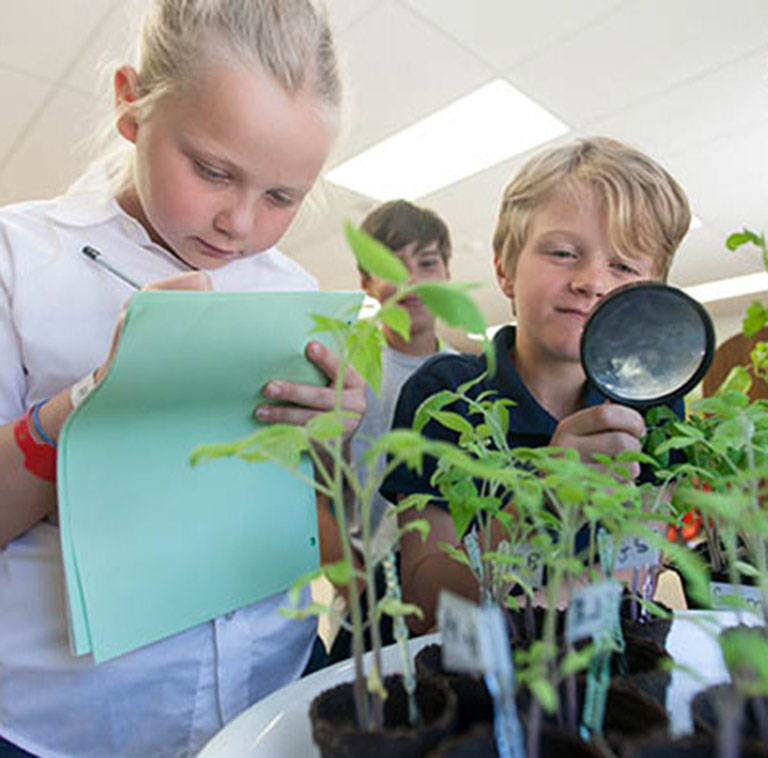
Students record measurements of tomato plants grown from space-flown seeds as part of the Tomatosphere program.
Media Credit: Image courtesy of Tomatosphere
Moreover, new Space Station Explorers programs are also benefitting from the increased crew member availability, using innovative approaches to make students’ engagement with the ISS more direct, authentic, and affordable. In Magnitude.io’s ExoLab program, for example, a crew member activates a plant investigation in an ExoLab flight unit on the ISS, and middle school students run parallel experiments in their lower-cost classroom ExoLabs. Another program, Quest for Space, has developed flight and classroom versions of an automated, multipurpose experiment platform. Students program and test experiments in their classroom units and then upload their code to the flight unit onboard the ISS, which runs the programs and returns the resulting data. Both the ExoLab and Quest for Space programs are launching new hardware on SpaceX CRS-14 that will enable long-term operation with room to scale up as participation grows.
These are just a few of the new and innovative ways CASIS is bringing the ISS to educators and students—not only in classrooms but also in after-school programs, museums, libraries, and other learning environments.
Learn more about Space Station Explorers programs at www.spacestationexplorers.org/educational-programs.


